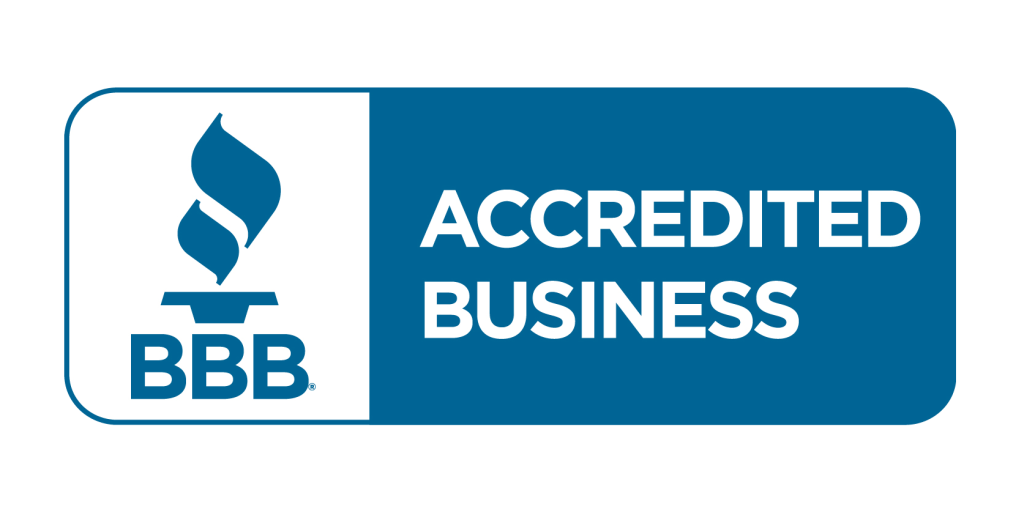Table of Contents
ToggleWhile you wouldn’t want to, there’s a reason that eating raw cannabis flower won’t get you high. That’s because it hasn’t been decarboxylated.
Knowing how to decarboxylate weed is crucial if you’re interested in enjoying the best components of the plant.
If you don’t know how to decarboxylate weed — or even what decarboxylation is — don’t worry.
Below, we’re covering the ins and outs of cannabis decarboxylation and how you can do it as effortlessly as possible.
What is Decarboxylation?
Before we talk about how to decarboxylate weed, let’s talk about what decarboxylation is in the first place.
Cannabis decarboxylation is a chemical process that activates the psychoactive components within the plant and is essential to creating edibles or other products with the desired potency.
Decarboxylation occurs when heat is applied, either through smoking, vaporizing, baking, or some other method.
This process breaks down molecules in the cannabis plant that are otherwise inert and changes them into active forms such as THC (tetrahydrocannabinol) and CBD (cannabidiol).
When consuming cannabis in its raw form, these compounds remain inactive until they have been exposed to heat.
Decarboxylation is an essential step for creating edibles with desired potency and effects. But, if you’re asking yourself, “I’ve smoked cannabis but never decarbed it — did I do it wrong?”
Nope! This is because lighting cannabis when smoking is also considered a type of decarboxylation in itself.
A Simple Guide to Cannabis Decarboxylation
Unless you’re actively making edibles or dabbing concentrates, you don’t necessarily have to be familiar with the temperatures that decarboxylate weed. After all, your lighter will do the trick.
But, if you’re interested in making high-quality edibles — or you want to dab your concentrate at the perfect temperature — we’ve got the information you need.
Based on a study done back in 2019, these are the temperatures that break down cannabinoids and how quickly it takes for THCA or CBDA to turn into THC or CBD.
If you expose THCA to temperatures around 230°F, it will break down into THC within about 30 minutes. At 265°F, it’ll transform within just nine minutes.
CBDA will take a little longer. At 230°F, CBDA will turn into CBD within 40 minutes or 20 minutes at 265°F.
Now that you’re familiar with the right temperatures, let’s talk about how to decarboxylate weed right at home.
How to Decarboxylate Weed
Learning how to decarboxylate weed is quite simple, despite the chemical process sounding a bit complicated.
Here’s all you’ll need to decarboxylate cannabis:
- An oven
- Cannabis
- Grinder
- Baking sheet
- Parchment paper/aluminum foil
Step One: Prepping Your Weed & Oven
First, adjust your oven rack to the middle position, and preheat it to 220-230°F.
As your oven preheats, take the baking sheet and line it with either parchment paper or aluminum foil. Take your cannabis oil and break it up slightly or use your grinder to grind it.
However, you don’t want to grind the flower too finely or you risk burning it in the oven.
Step Two: Bake the Bud
Once your oven has preheated, make sure your flower is spread evenly across your baking sheet and place it in the oven.
Set a timer for 30-40 minutes. Once it’s been about halfway through the baking time, take your sheet out and stir the buds around.
Step Three: Start Your Edibles!
After the timer goes off, take out your baked buds and let them cool for about 30 minutes. After the buds have cooled down, you can officially start working them and adding them to your oil or butter.
That’s all it takes! The moment you take your buds out of the oven, they have been decarbed and ready to produce the intoxicating effects you’re looking for.
Learn how to make edibles in-depth in our comprehensive blog post.
Things to Note
Now that you know how to decarboxylate weed, there are a few things you should note. First, decarboxylating your cannabis in the oven is going to smell. Your whole house is likely to smell vaguely like weed.
Think about how the smell of cookies permeates through the house as you cook them — the same goes for cannabis.
So, if you don’t want your space smelling like weed, we’d suggest buying pre-made edibles, instead. (Need a medical card to get edibles in your state? Click here to get one right from home.)
If you want to make your house smell a little less, you could bake the bud in a smaller toaster oven, instead.
Decarbing Weed With Elevate Holistics
Decarboxylation is a necessary step when dealing with cannabis, as it is key to unlocking the full effects of its active cannabinoids.
After reading this guide, you should feel confident knowing how to decarboxylate weed right from home.
Using the oven or toaster oven method, you’ll be able to increase the potency of your medical cannabis and enjoy it in more ways than ever before. But, the first step is always getting your MMJ card through Elevate Holistics. With this, you gain access to the best products possible.








